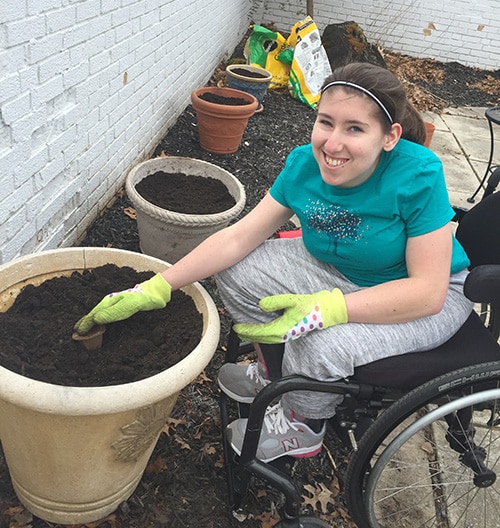Data & Statistics on Spina Bifida

Spina bifida is a birth defect that affects the spine. Read below for the latest national statistics on spina bifida in the United States.
In the United States
- Each year, about 1,427 babies are born with spina bifida, or 1 in every 2,758 births. [Read article summary]
- Hispanic women have the highest rate of having a child affected by spina bifida, when compared with non-Hispanic white and non-Hispanic black women. Data from 12 state-based birth defects tracking programs were used to estimate the total number of pregnancies affected by spina bifida compared to the total number of live births (also called the prevalence of spina bifida) for each racial/ethnic group:
- Hispanic: 3.80 per 10,000 live births
- Non-Hispanic black or African-American: 2.73 per 10,000 live births
- Non-Hispanic white: 3.09 per 10,000 live births
- The United States Public Health Service recommended that all women of childbearing age consume 400 micrograms (mcg) of folic acid daily to reduce the risk of having a pregnancy affected by birth defects known as neural tube defects (NTDs), which include spina bifida. [Read article] ). The United States Food and Drug Administration (FDA) requires that all grain products labeled as ‘enriched’, such as breads, cereals, and rice, have folic acid added to them to help reduce the risk of NTDs. This is known as folic acid fortification.
- One study using data from 19 state-based birth defects tracking programs estimated the change in prevalence of NTDs before and after the introduction of folic acid fortification. Overall, a 28% reduction in prevalence was observed for anencephaly (a birth defect of the brain) and spina bifida.
- Since folic acid fortification began, there are about 1,300 babies born each year in the United States without an NTD that would have had an NTD if there had not been fortification. [Read article]
- Evidence suggests that fortification has also resulted in less severity of spina bifida, in addition to lower rates of babies being born with the condition. Severity decreased by 70% when comparing studies published before and after fortification, and most of these differences were accounted for by a reduction in higher (more severe) cases. [Read article]
Quality of Life
Researchers studied the physical and psychological health and social well-being of a group of Midwestern children and young people with spina bifida who were between 8 and 15 years of age, and their parents. Researchers collected information from this same group two years later, comparing the health-related quality of life of children and young people with spina bifida to a comparison sample from a previous study of young people with and without chronic conditions. Chronic conditions are health issues that last a long time and do not go away quickly.
This study found that
- Children and young people with spina bifida reported lower health-related quality of life than youth with other chronic health conditions. Healthcare professionals may consider focusing on treatment and services to improve quality of life for their young patients with spina bifida;
- Children and young people with spina bifida reported improvements in their social well-being over time. Their physical and psychological health remained stable. Youth with spina bifida may adapt to their health condition; and
- For both time points, parents of children with spina bifida reported lower social and physical health-related quality of life for their children compared to what the children reported themselves. This means that children with spina bifida may adapt to their limitations and that the parents of children with spina bifida may compare quality of life to that of other children and siblings without chronic conditions.
Living with Spina Bifida